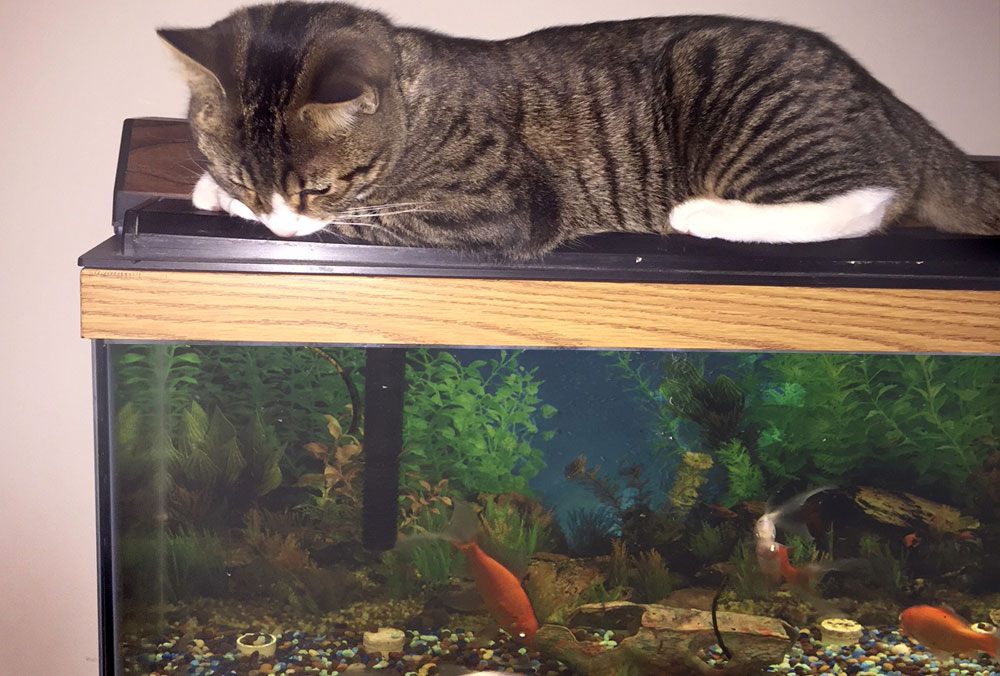


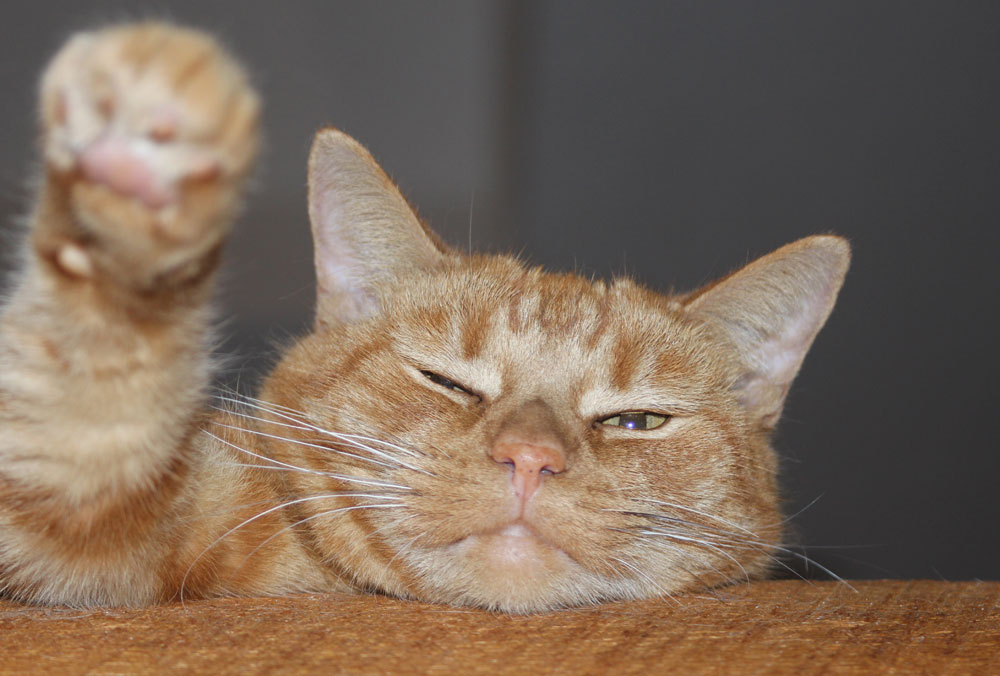
Veterinary Visits for Cats
It’s important to know a cat’s weight when he/she is healthy because weight loss is often the first sign of a problem. If caught early, many geriatric diseases can be managed to give your cat a longer better quality life. By getting to know you and your cat we can tailor our care to what you are comfortable with.
Reducing the Stress of Veterinary Visits for your Cat
We understand that bringing your cat to the veterinarian can be a stressful experience.
Here are some tips to help.
Cats should be placed in a secure carrier.
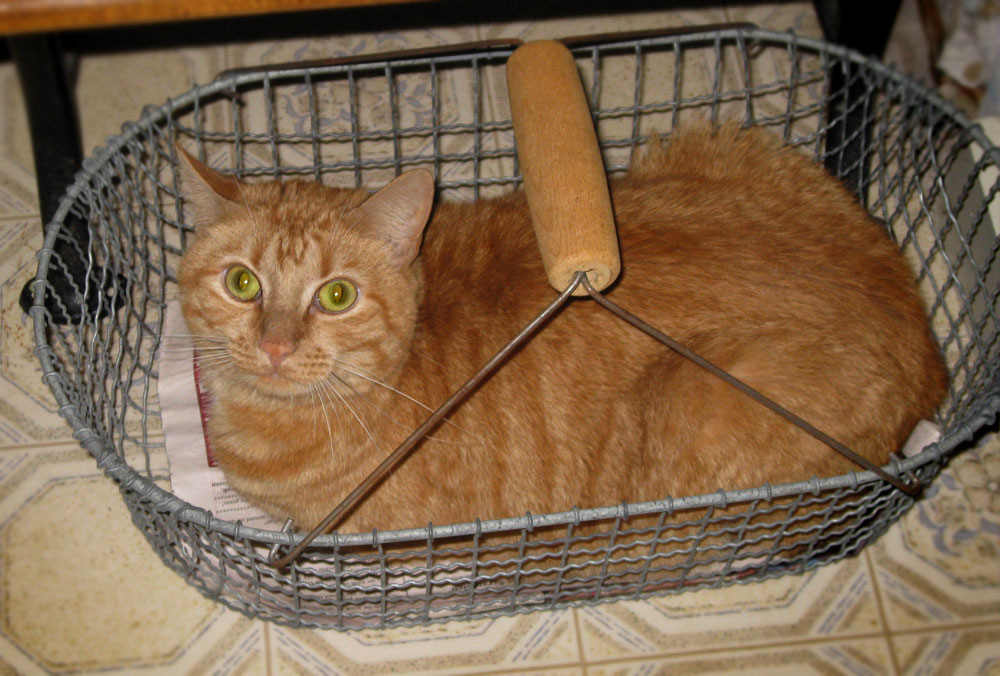
NO!
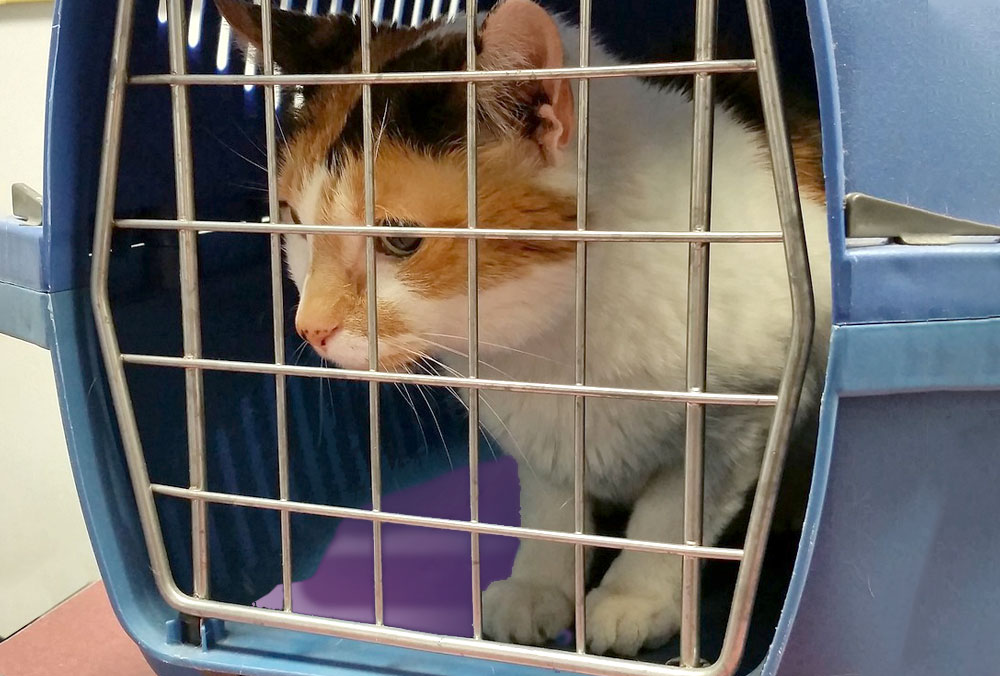
YES!
Decreasing the stress starts at home. If possible, carriers can be left out all the time just like dog crates. Blankets, toys and treats can be placed inside so that cats become used to going in and out of them. This prevents the mad dash under the bed upon seeing/hearing the carrier. Whether you choose a soft or hard carrier is up to you but it is helpful if it has both top and front loading doors or can be quickly taken apart to allow easy access to the cat. Zip ties and rusted bolts make this difficult. Dumping or dragging cats out of the carriers doesn’t generally improve their moods.
We have an area in our waiting room just for cats. You can place your carrier in the enclosed shelf area and use one of the towels to cover it if necessary. Most cats remain calmer if they can’t see other cats or dogs.
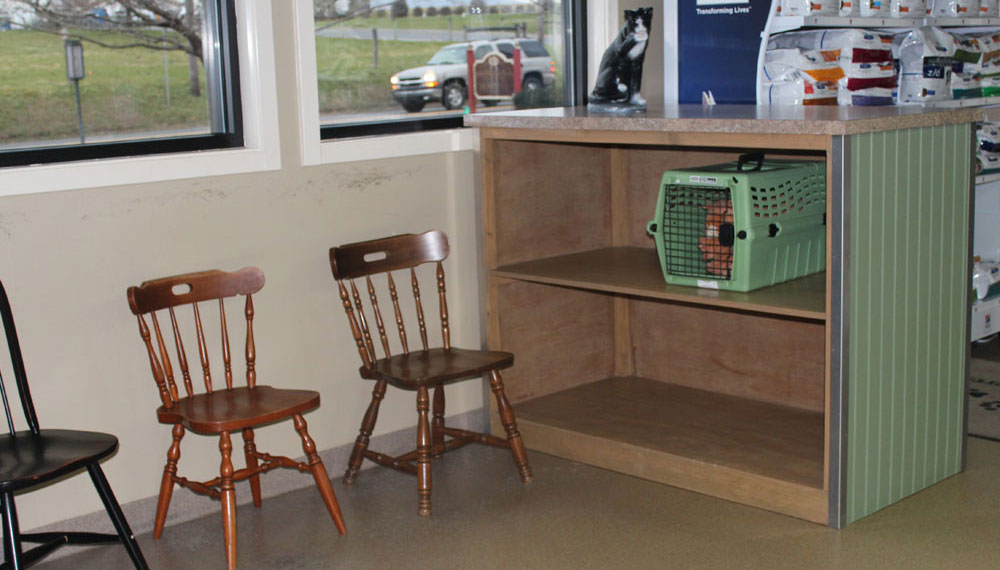
Waiting area for cats.
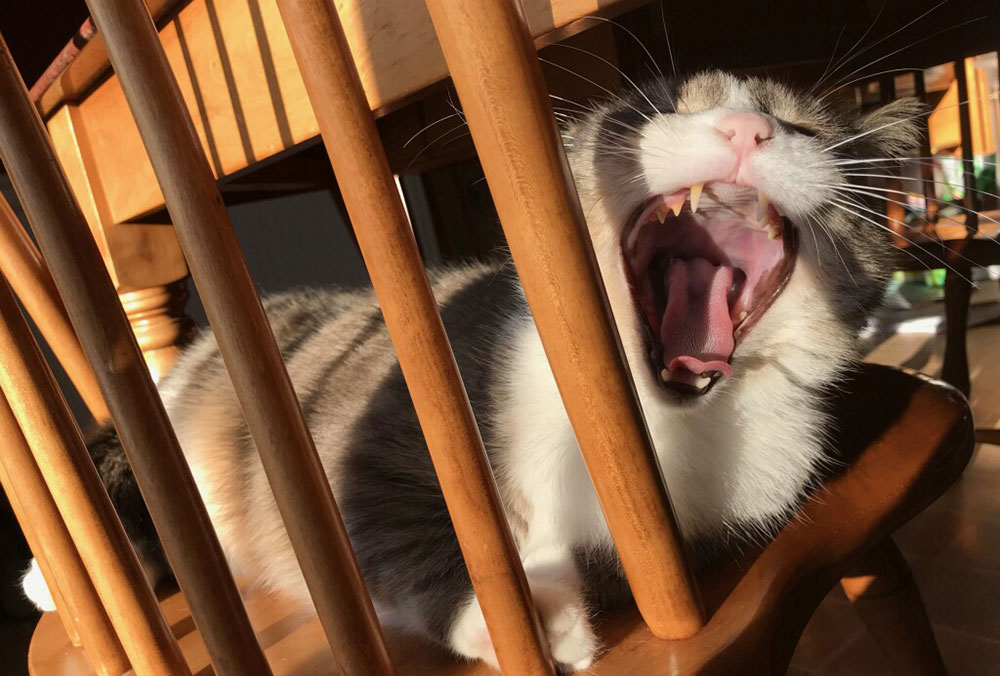
Some cats can benefit from a little extra help.
If your otherwise delightful companion becomes “uncooperative” when informed of his/her appointment we can dispense medication to help with that. If can be helpful for cats that become very aggressive but can also be given to cats that are just anxious.
Give us a call at 717-733-2155 a few days prior to your scheduled visit.
ABOUT CATS: Some basic principles to remember
These normal feline behaviors can sometimes become problematic when cats with different personalities and social tolerances are expected to live together in confined spaces like our homes.
In general, cats that are from the same litter or brought in together as kittens have a better chance of getting along with each other than cats introduced singly at different ages. There are exceptions but it is a good thing to keep in mind.
To minimize stress in multiple cat households it is important to provide the basic resources for each individual cat.
- Cats prefer to eat alone if possible. Give each cat their own bowl preferably out of view of the others.
- Provide enough clean litter pans, ideally in a few locations so that one individual can’t block access to all of them.
- Provide cat trees and elevated platforms and choice resting spots for all cats.
- Provide several water sources away from the food bowl. Some cats enjoy running water so providing a cat fountain can encourage them to drink more. This is particularly helpful if they have urinary problems.
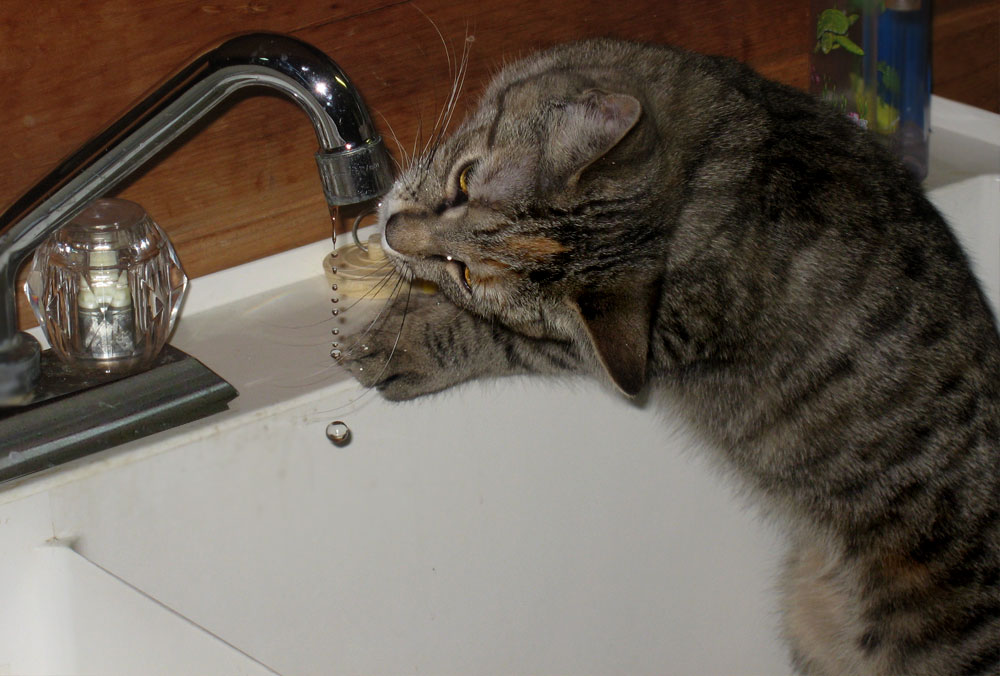
It is important to remember that “stress” doesn’t mean your cats are miserable or unhappy. It doesn’t mean that you aren’t a caring owner. It is just important to realize that cats view the world differently than dogs or people do and if you keep that in mind, even some small changes in their environment can make behavior problems less likely.
Pheromone calming collars, sprays and diffusers can also help minimize stress between cats. They are also useful for situations like moving, new additions to the family and other changes in the environment that might elicit some anxiety.
Indoor cats are generally considered to be less at risk for certain diseases and traumas because they are in a more protected environment. However while this environment is physically safer it doesn’t offer the same mental and behavioral stimulation and enrichment that outdoor cats experience.
There are resources discussing how to enrich indoor environments for cats. Puzzle feeders, no bowl feeders that simulate hunting behavior, and rotating their toys are just a few suggestions.
For more information about feeding your cat using foraging toys, http://foodpuzzlesforcats.com/ is a good resource.
